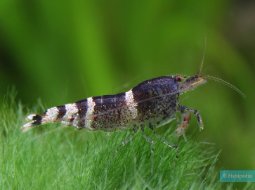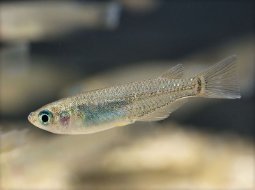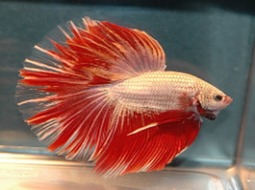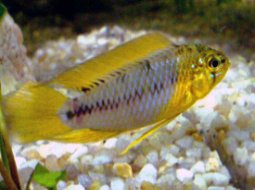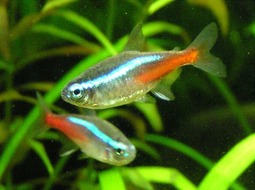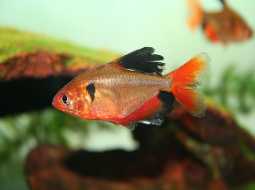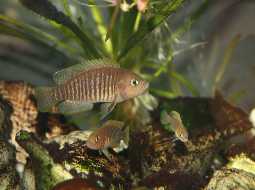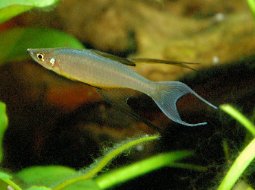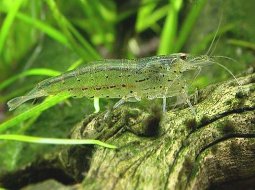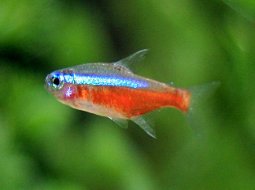
Loading Aqualapp ...
Care and Compatibility of Elephant Fish - Gnathonemus petersii
Introduction
The Gnathonemus petersii, commonly known as the elephant fish, is native to the rivers of West Africa, particularly the Congo River. It is easily recognizable by its elongated 'trunk' which it uses to forage for food in the substrate. This fish is prized for its interesting behavior and its ability to generate and detect weak electric fields.
Behavior
The elephant fish is a nocturnal and territorial fish. It prefers to be alone or in small groups of its own species. It is shy and reserved, and can become aggressive with other similarly sized or smaller fish. In a community tank, it is best kept with peaceful fish and avoiding very active or aggressive species.
Sexual Dimorphism
Sexual differences in the elephant fish are not clearly visible. Identifying males and females is difficult and generally not done in an aquarium setting.
Reproduction
Breeding the elephant fish in captivity is rare and poorly documented. It requires specific conditions and a well-planted tank with plenty of hiding spots. Males and females are difficult to distinguish and exact details of their courtship and spawning are unknown.
Aquarium Conditions
The tank for the elephant fish should be large and well-planted, with plenty of hiding spots such as caves and roots. It prefers dark, slightly acidic waters. Efficient filtration and regular water changes are crucial for maintaining its health.
Feeding
The elephant fish is carnivorous and primarily feeds on insects, worms, and small crustaceans. In the aquarium, it accepts live or frozen foods such as mosquito larvae, tubifex, and brine shrimp. It is important to feed it at night when it is most active.
Complexity
Caring for the elephant fish is moderately to highly difficult due to its specific habitat and dietary needs. It is not recommended for beginners and requires an experienced aquarist.
In case you need more help, or if you want to know into any topic related to the Gnathonemus petersii (Elephant Fish) and even any other species you can use the forums to ask what you need.
To do an analysis more detailed about coexistence and behavior of Gnathonemus petersii (Elephant Fish) use the Aquarium simulation tool, if you do this you can test different ways to combine the Elephant Fish with other fishes giving the dimensions and space on you aquarium, on this way you can known the optimal configuration for keep the fishes that you want.
You can also find out the 68 species compatible with the Gnathonemus petersii (Elephant Fish) can live together.
Note: The parameters of the water such as PH and temperature are also used to calculate the compatibility of the species.
Compatible species (68)
No species is compatible with the Elephant Fish, however, 68 fish are semi compatible with the Elephant Fish with certain conditions special.
With Reservation (25 Species)
Compatible in some cases, it depends on the nature and personality of the fish.
Las especies territoriales por lo general pueden convivir con especies protegidas con coraza, ya que no pueden hacerles daño por su dura piel, lo que si hay que tener en cuenta es tener un acuario con dimensiones favorables para que cada pez pueda delimitar un territorio, ya que la mayoría de peces acorazados son también peces de fondo y les gusta estar buscando lugares donde ocultarse.
Showdown over territory (12 Species)
Fish can live together as long as the space is spacious enough to delimit a territory, otherwise there may be aggressions for competing for the territory.
Considerable size difference (31 Species)
They can coexist while they are similar in size or the size difference is not very abysmal, since as the fish grows it increases the chances of eating its partner that did not grow much.
Elephant Fish
Gnathonemus petersii

- Ph: 6 - 7.5
- Temperature (c°): 24 - 28
- Measures: 19 cm - 23cm
- Aquarium Capacity:
115 Liters - 30 Gallons - Alimentación: Carnivores
- Comportamiento: Night, Shy, Territorial
- Habitad: African
- Morfología: Thorns or pointed
- Preferencias del Acuario: Caves, Logs, Rocks
- Tamaño: Medium
- Taxonomía: Fish
- Tipo de Agua: Sweet water, Tropical waters
- Velocidad de nado o movimiento: Normal
- Zona de Nado: Aquarium background, Horizontal Swim



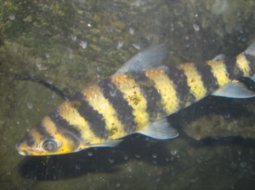


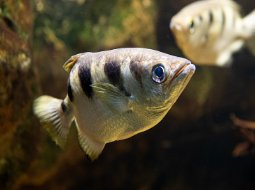
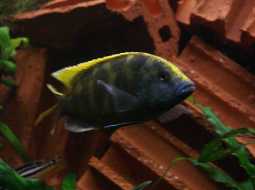


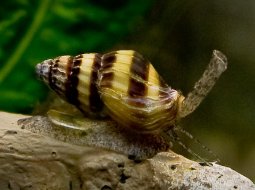





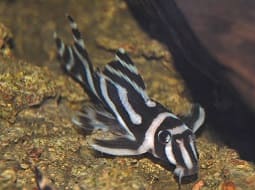


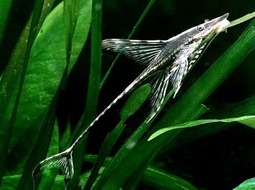
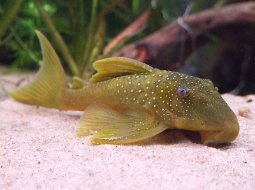
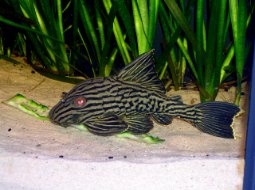

.jpg)


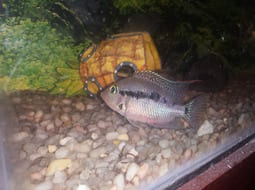



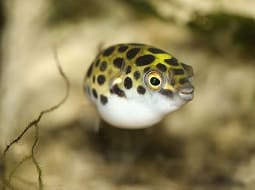
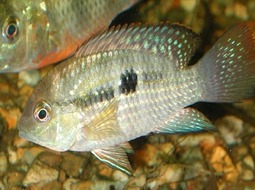
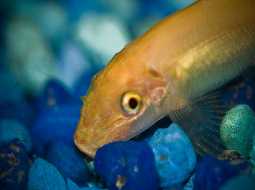






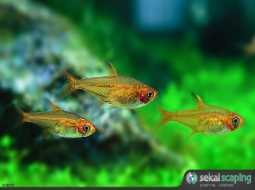
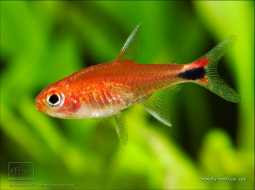
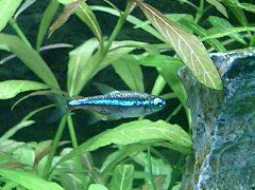

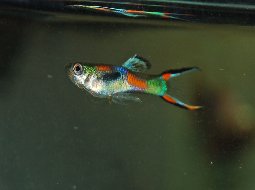


.jpg)
